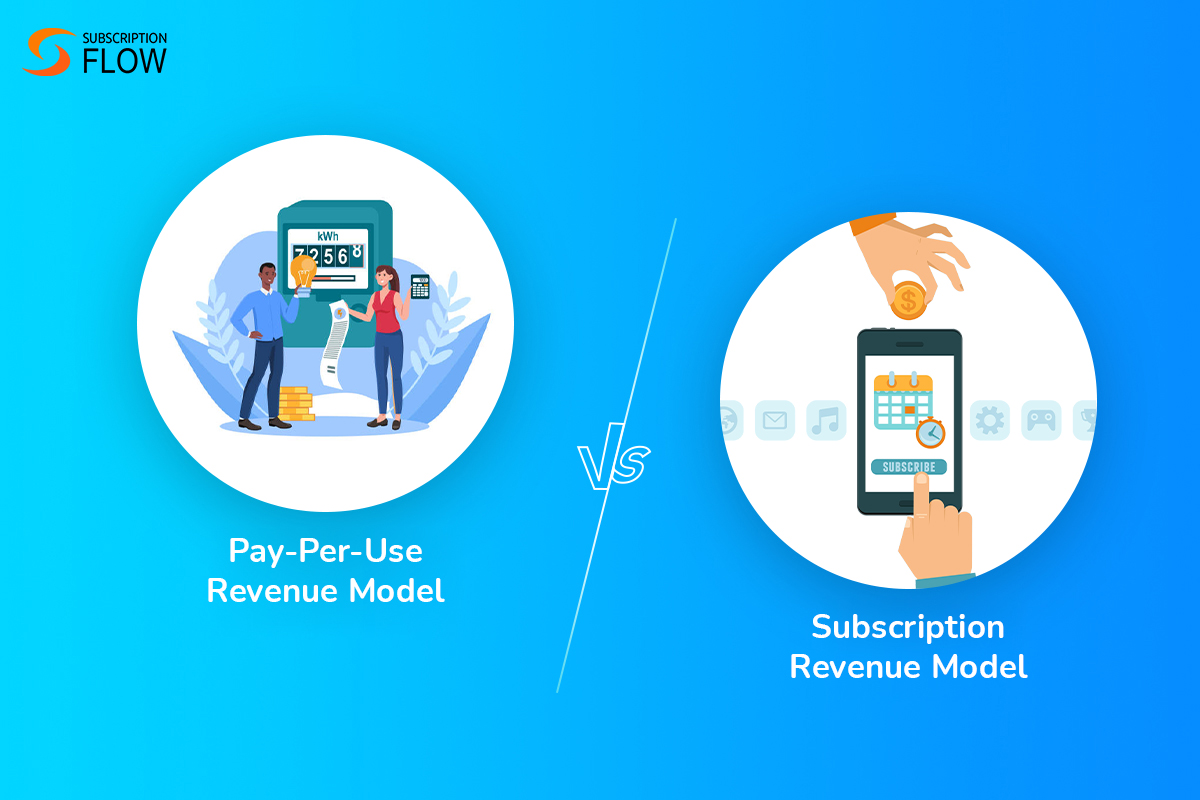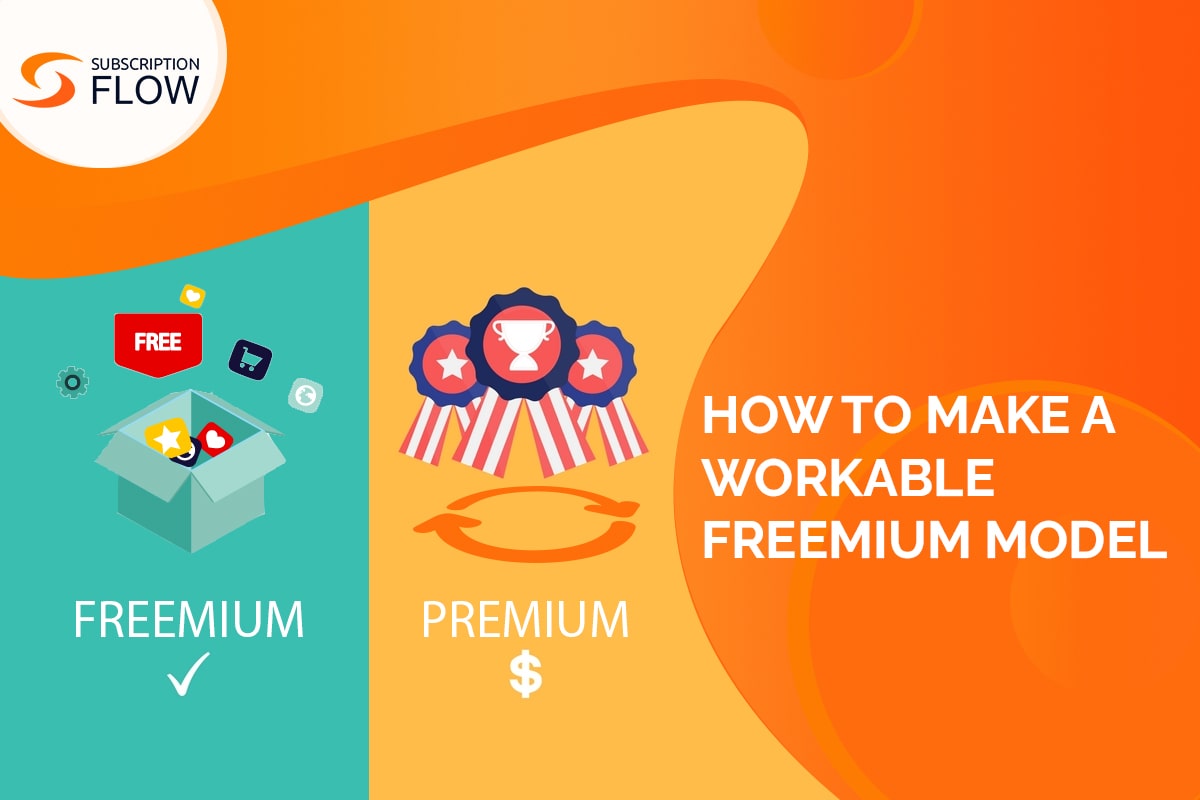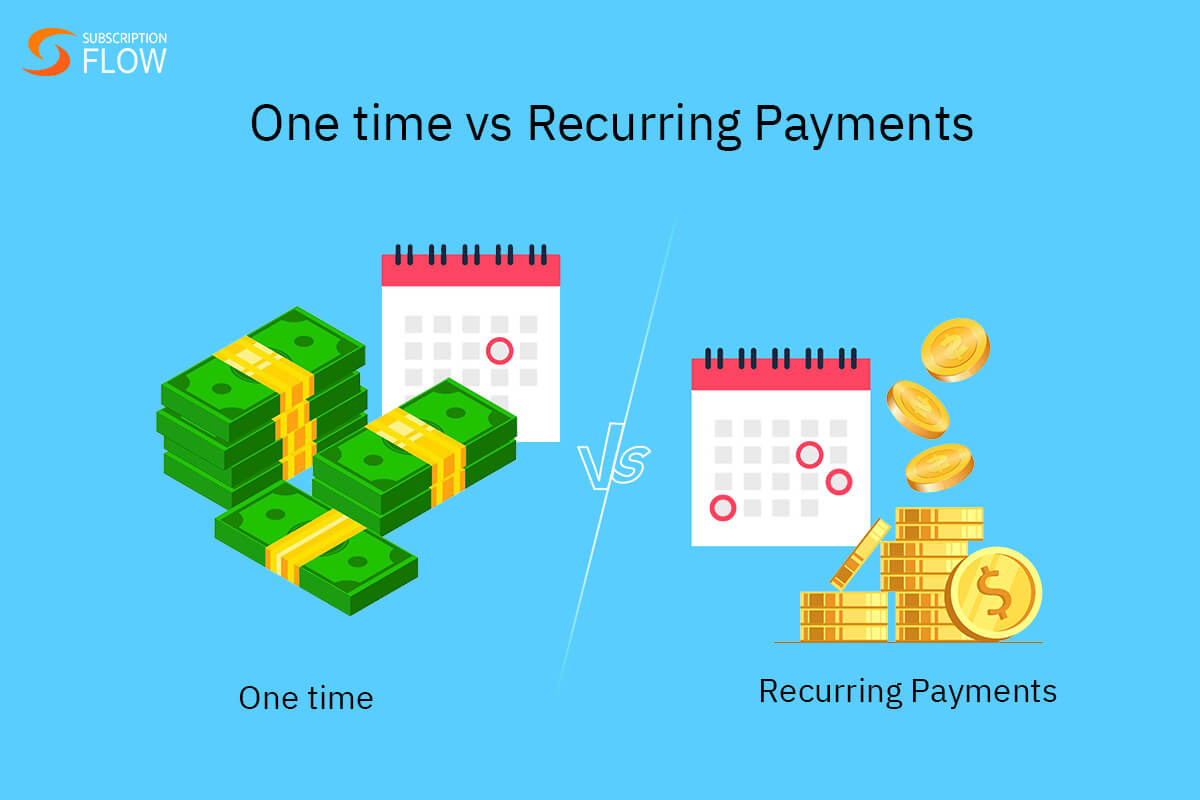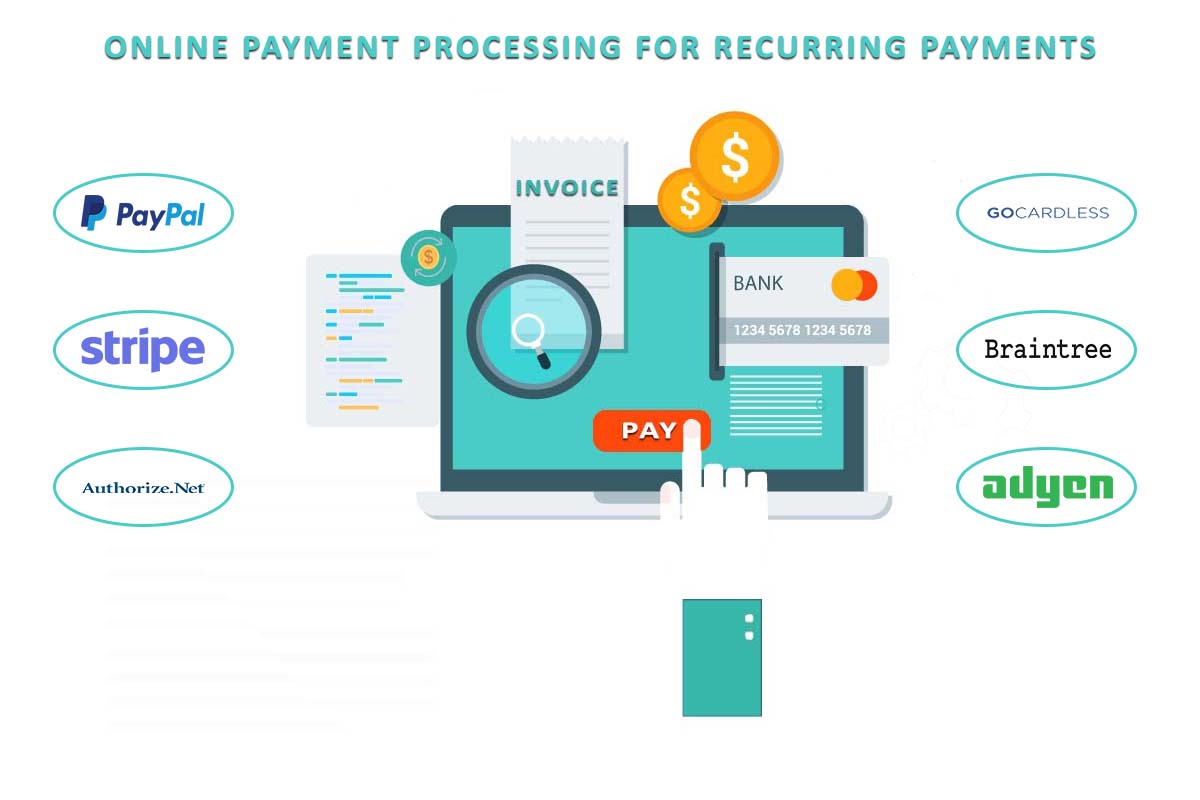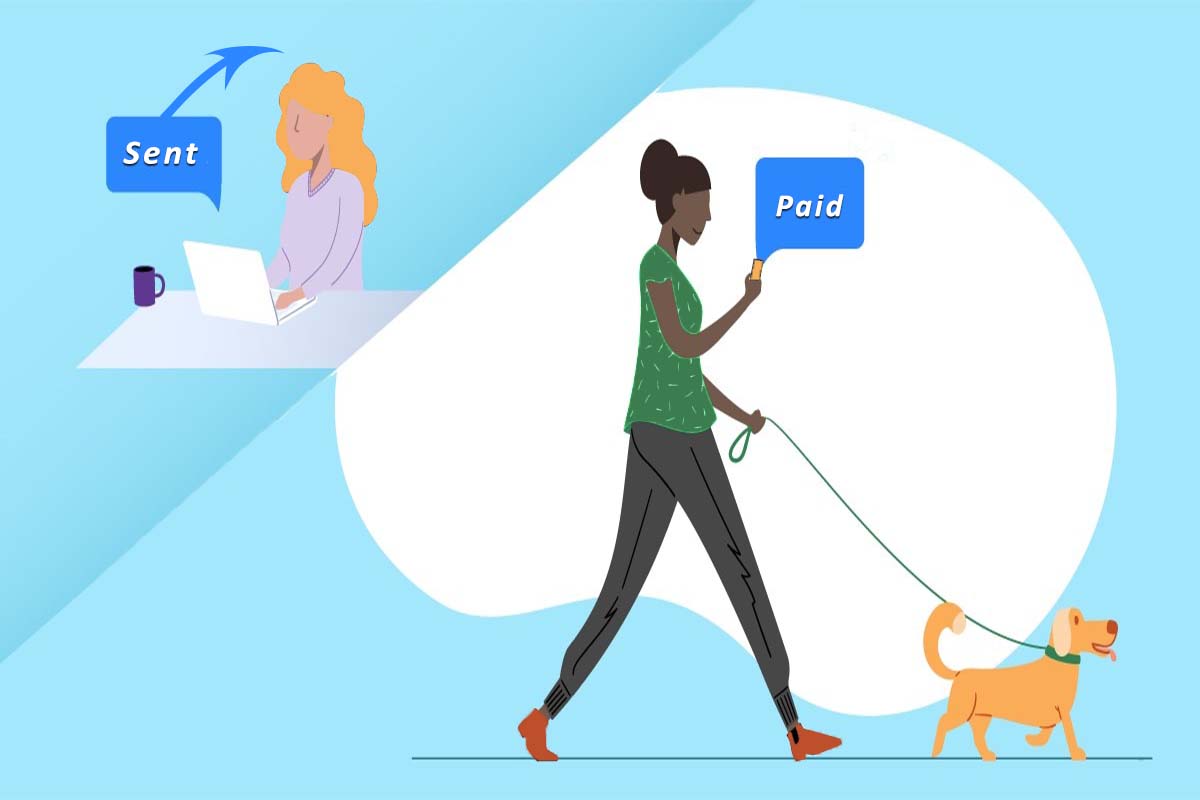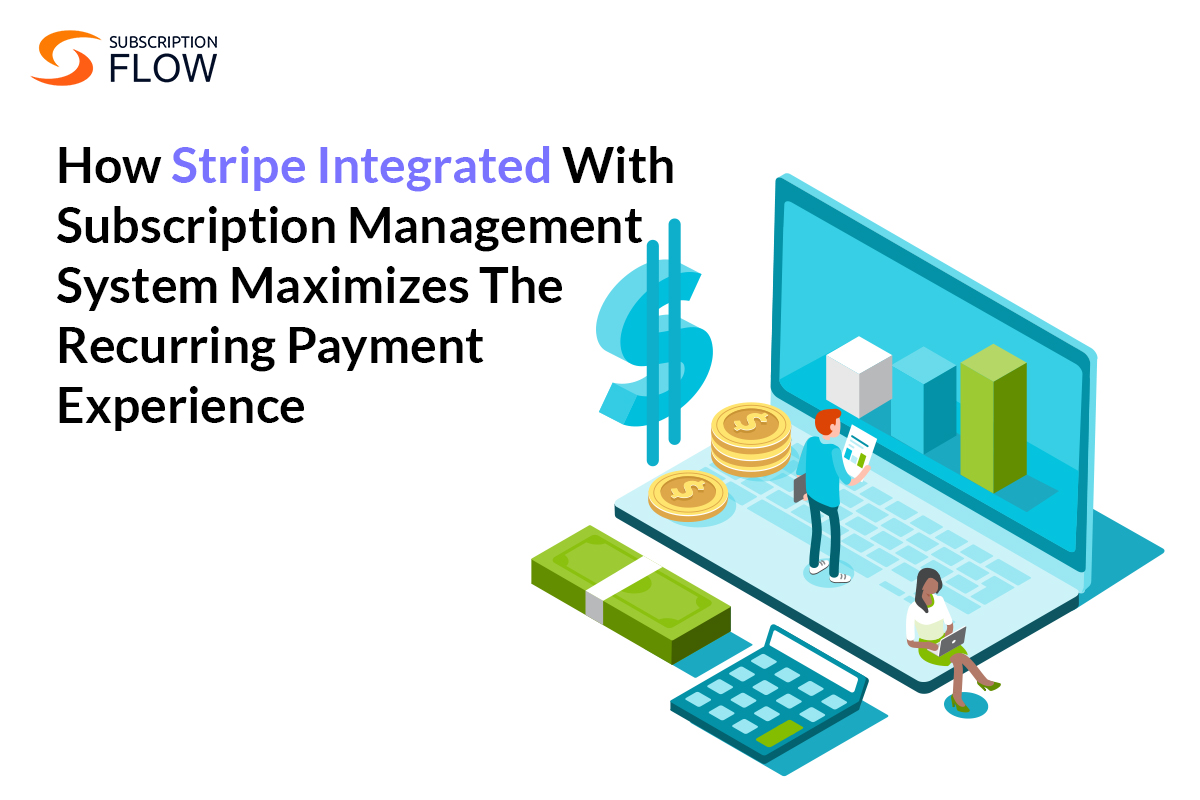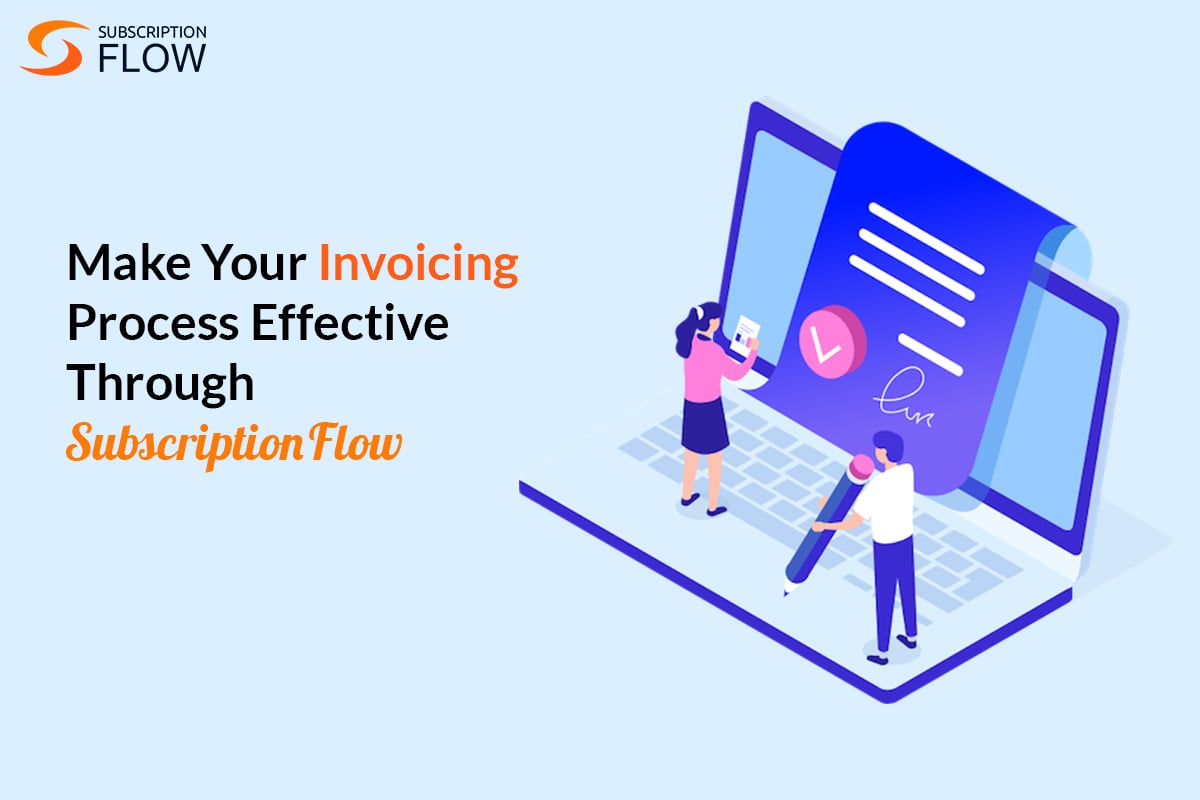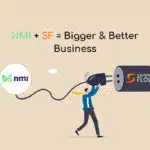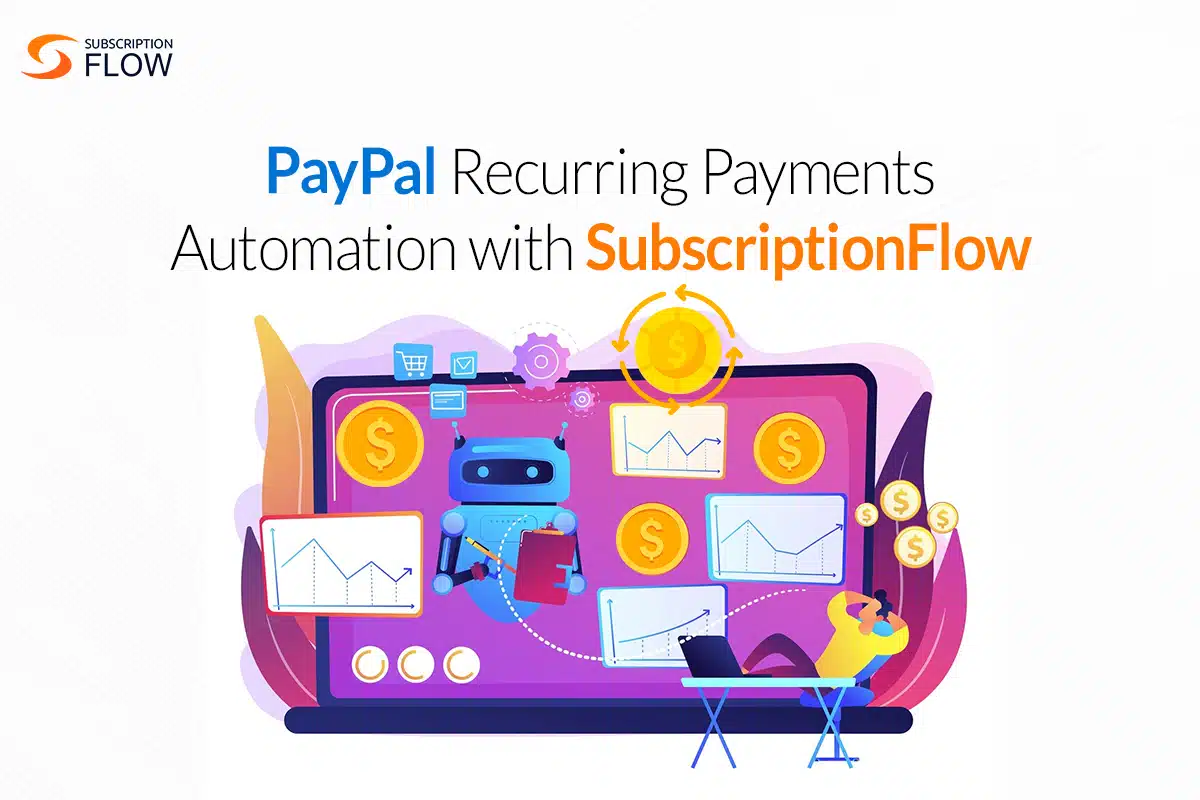
PayPal Recurring Payments Automation to Streamline Subscriptions
For businesses that dream of running their operations seamlessly, payments automation is like the holy grail. Automated recurring payments ensure that your revenue hits your account timely and efficiently. Businesses need a solution to minimize chances of missed payments, and customer drop-offs. PayPal recurring payments feature helps them achieve exactly that.
Whether you are a subscription based business, a membership, or an e-commerce seller that offers products on instalments, you can leverage PayPal recurring payments for keeping your revenue stream strong. In this article, let us take a closer look at how PayPal recurring payments work, their benefits, and the ways they simplify payment management.
Beginning from the basics.
What are PayPal Recurring Payments?
PayPal recurring payments system is designed to carry out automatic transactions between businesses and their customers at set intervals. This system is optimal for companies who provide their services on a subscription basis, or on instalments. Today, the subscription economy is experiencing a boom, and is predicted to rise to newer heights still. Every business, from gym memberships, to online academies, to utility services, to meal kits, to streaming platforms is becoming subscription based.
In order to stand out from the crowd, and keep customers retained, businesses require expert solutions for ensuring smooth transactions. PayPal is one such payments platform which holds global recognition, and operates in 200+ countries, and 25+ currencies. The platform’s global orientation, and integrations with popular payment methods like credit/debit cards, digital wallets, direct debit, ACH, and more make it an ideal choice for companies selling internationally.
Businesses can integrate PayPal with external billing or subscription management software in order to enable its recurring payments feature. Once the recurring billing system is set up, businesses can sit back and relax, as the system automatically fetches payments from the customers’ accounts at predefined intervals. This process can be cost-effective and hassle-free, and ensure a continuous revenue stream.
How do PayPal Recurring Payments Work?
1. Account Creation
The first step is of course the user account creation. Users sign up with PayPal using their emails. They link their accounts with their preferred payment methods such as bank accounts.
2. Verification
For successful account creation, PayPal verifies the user’s identity, and linked payment method. For instance, if the user has provided a bank account, then PayPal first runs a check to see if it has funds sufficient to proceed.
3. Setting Up Recurring Payments
Once the user subscribes to a service, they can authorize their PayPal account to fetch funds from their selected payment method at regular intervals. For example, if the subscription service requires them to pay monthly, then PayPal is authorized to fetch monthly recurring payments. Merchants can also set up PayPal recurring payments by integrating with a subscription management software like SubscriptionFlow. Customers can then simply choose PayPal as their payment option, agree to the payment terms and conditions, and successfully subscribe.
All the business activity is recorded in the merchant’s PayPal business account. Merchants can log into their accounts and access PayPal’s dashboard to keep themselves updated on the following: transaction history, customers’ payment statuses (paid, unpaid or pending), account balance and withdrawals, as well as chargebacks and refunds.
4. Transaction Processing
Once the recurring payments are set up with defined intervals, PayPal deducts the service charges from the customers’ account whenever their billing dates arrive.
5. Funds Management
Merchants have the choice to transfer the funds immediately into their linked bank accounts. Alternatively, when they receive recurring payments via PayPal, they can also utilize that amount to directly re-invest in their business operations without waiting for a bank transfer first. Another option is to keep the funds stored away within PayPal for future use. PayPal enables merchants to keep these funds in various currencies, and then convert them whenever needed.
What is PayPal Recurring Payments Fee?
Here is a breakdown of recurring payment fees that PayPal charges:
For Same Currency
Transaction Fee: 2.9% of the total transaction amount + $0.30 standard fee (for the US). The standard fee varies from currency to currency.
Monthly Fee: PayPal does not charge monthly fees on either personal or business accounts.
Currency Conversion Fee: There is no such fee if the merchants receive payments in the same currency as their PayPal accounts.
For Different Currency
Transaction Fee: 2.9% of the total transaction amount + $0.30 standard fee (for the US). The standard fee varies from currency to currency.
Currency Conversion Fee: PayPal can charge up to 3% on top of a country’s base exchange rate.
International Fee: Businesses are charged an extra 1.50% on international transactions.
Benefits of PayPal Recurring Payments
These are some of the major benefits of enabling recurring payments with PayPal:
Convenience: The number one advantage of using recurring payments through PayPal is convenience. For both the businesses and the customers. Recurring billing eliminates the need for manual intervention and payments collection each time the billing date arrives. Businesses don’t have to chase customers for reminding them to pay. Customers also don’t have to remember their billing dates, or fill in their payment details every time.
Predictable Revenue: In general, recurring payments are a stable source of revenue. By keeping recurring billing enabled via PayPal, companies can predict their future revenue, and maintain a stable financial position. They can leverage their stable cash flow for better financial budgeting.
Security: PayPal is known for its secure transactions, and buyer protection features.
Easy Integration: Companies can integrate PayPal seamlessly with third party software like SubscriptionFlow. They can also embed the payment gateway into their e-commerce platforms for smooth customer payments.
Customer Retention: Since customers do not even have to remember their billing dates, they can utilize subscription services without any hassles. Automatic payments let customers have their peace of mind, since the system renews their subscriptions on its own. This keeps customers satisfied and retained, as they experience smooth service delivery.
Minimized Chances of Failed Payments: Payment failures are obstacles in the process of recurring payments. These failures occur if the customer’s payment method gets expired, or has insufficient funds. PayPal has the inbuilt feature to retry payments for a few times before suspending the customer’s subscription.
How SubscriptionFlow Supports PayPal Recurring Payments Automation
SubscriptionFlow integrates with PayPal to give customers a stellar checkout experience. Businesses can leverage SubscriptionFlow, the expert subscription management software, to set up automatic recurring billing and payment processing via PayPal. This allows SaaS merchants to receive PayPal recurring payments from a wide range of customers who use credit/debit cards, digital wallets, PayPal balance, and other payment methods.
These are some ways in which SubscriptionFlow enhances your transaction experience by enabling PayPal recurring payments automation:
- We save your customers from the hassle of logging in to their PayPal account each time their payment is due. Customers only need to sign into their account once, and authorize PayPal for recurring transactions. We handle the rest.
- SubscriptionFlow provides you with a seamless recurring billing process, to ensure frictionless checkouts for your customers. This keeps your customers retained, and your revenue flow consistent.
- SubscriptionFlow enables businesses to monitor their finances via their PayPal dashboard as well, while managing customer accounts and payments end-to-end. Our intuitive dashboard also gives you the latest insights into your business’s key performance metrics. You can track paid and unpaid invoices, MRR, ARR, churn rate, and more.
- Our smart dunning capabilities make sure that failed transactions do not disrupt your PayPal recurring payments flow.
- Even if you manage payments with SubscriptionFlow, you can still leverage PayPal’s transaction security features. With PayPal integration, the payment data goes through our system, but the customer’s payment information does not get saved there. Instead, it gets saved in PayPal’s secure vault, leaving no room for data breaches.
So what are you waiting for? Book a demo with SubscriptionFlow now, and enjoy PayPal recurring payments automation for improved customer service experience.

